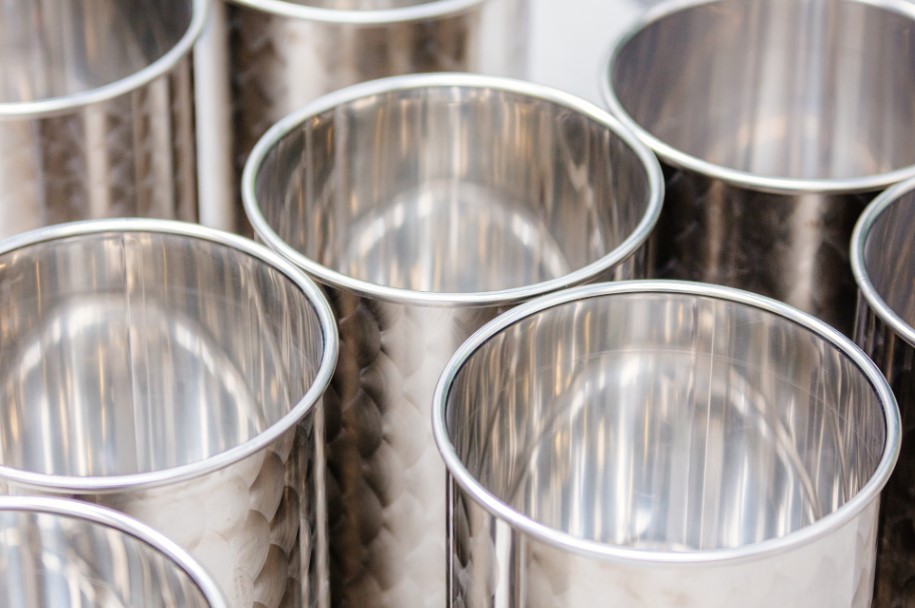Fermentation Choices – Stainless-Steel Tanks vs. Oak Barrels
After obtaining the clear juice ready for fermentation, producers face the decision of choosing the vessel for this crucial process. The options include temperature-controlled stainless wine tank, preferred for their neutrality, or, less commonly, oak barrels, which can impart unique flavors to the wine. The choice between the two significantly influences the characteristics of the final product.

Table of Contents
Yeast Options and Fermentation Duration in White Wine Production
The fermentation of white wine is a relatively swift process, typically taking a few days. Producers have a choice between relying on ambient yeast, naturally present in the environment, or opting for commercial yeast strains. The decision impacts the consistency and predictability of the fermentation process, ultimately shaping the wine’s profile. Temperature and yeast type further contribute to the nuances of the final product.
Malo-lactic Fermentation: Transforming Acids for Enhanced Complexity
Following the primary fermentation, producers may opt for a secondary transformation known as Malo-lactic fermentation. This biochemical process involves lactic bacteria converting harsh malic acids into softer lactic acid. The outcome is a wine with added complexity and nuances, often characterized by buttery notes. The decision to undergo Malo-lactic fermentation is a choice made by winemakers to achieve specific flavor profiles.
Enhancing Aroma, Flavor, and Texture
After fermentation, some winemakers choose to allow the wine to rest on the dead yeast cells, a process known as “sur lie” aging. Despite the yeast cells being lifeless, they contribute to the wine through autolysis, releasing enzymes that can impact aroma, flavor, and texture. This post-fermentation stage is a deliberate choice, offering winemakers an additional tool for crafting wines with enhanced depth and complexity.
The Evolution of White Wine Aging: Embracing Modern Trends
In contemporary winemaking, the traditional practice of aging white wine in oak barrels has seen a significant shift. The majority of white wines today, known for their fruit-forward and crisp characteristics, rarely undergo oak aging. This modern approach aims to highlight the true essence of the grape, resulting in a more vibrant and varietally expressive wine.
Oak Aging: Transforming Color, Texture, and Complexity
Despite the prevalent trend of unoaked white wines, certain styles, particularly those crafted with grape varieties like Chardonnay, may still spend a few months in oak barrels. Oak aging introduces changes to the wine’s color, texture, and overall complexity through a gradual oxidation process. The use of oak barrels, while enhancing the wine’s aging potential, also contributes to its price due to the costly nature of these barrels.
Finishing Touches: Enhancing Clarity and Transparency
Following the aging process, white wines often undergo additional optional procedures to refine their characteristics. Cold stabilization, achieved by significantly lowering the temperature, prompts the precipitation of excess tartaric acid in the form of crystals. To achieve optimal clarity, winemakers may employ fining agents to remove any remaining suspended particles, ensuring a visually appealing and transparent final product.
Bottling and Beyond: Filtering, Blending, and Cellar Aging
As the final steps in the winemaking journey, white wines are typically filtered and may undergo blending with other batches before being bottled. This meticulous process ensures consistency and quality. In rare instances, producers may choose to age the bottled wine further in dark cellars, allowing it to evolve and mature before release into the market. This patient approach caters to wines that benefit from extended aging, contributing to a more refined and harmonious end result.